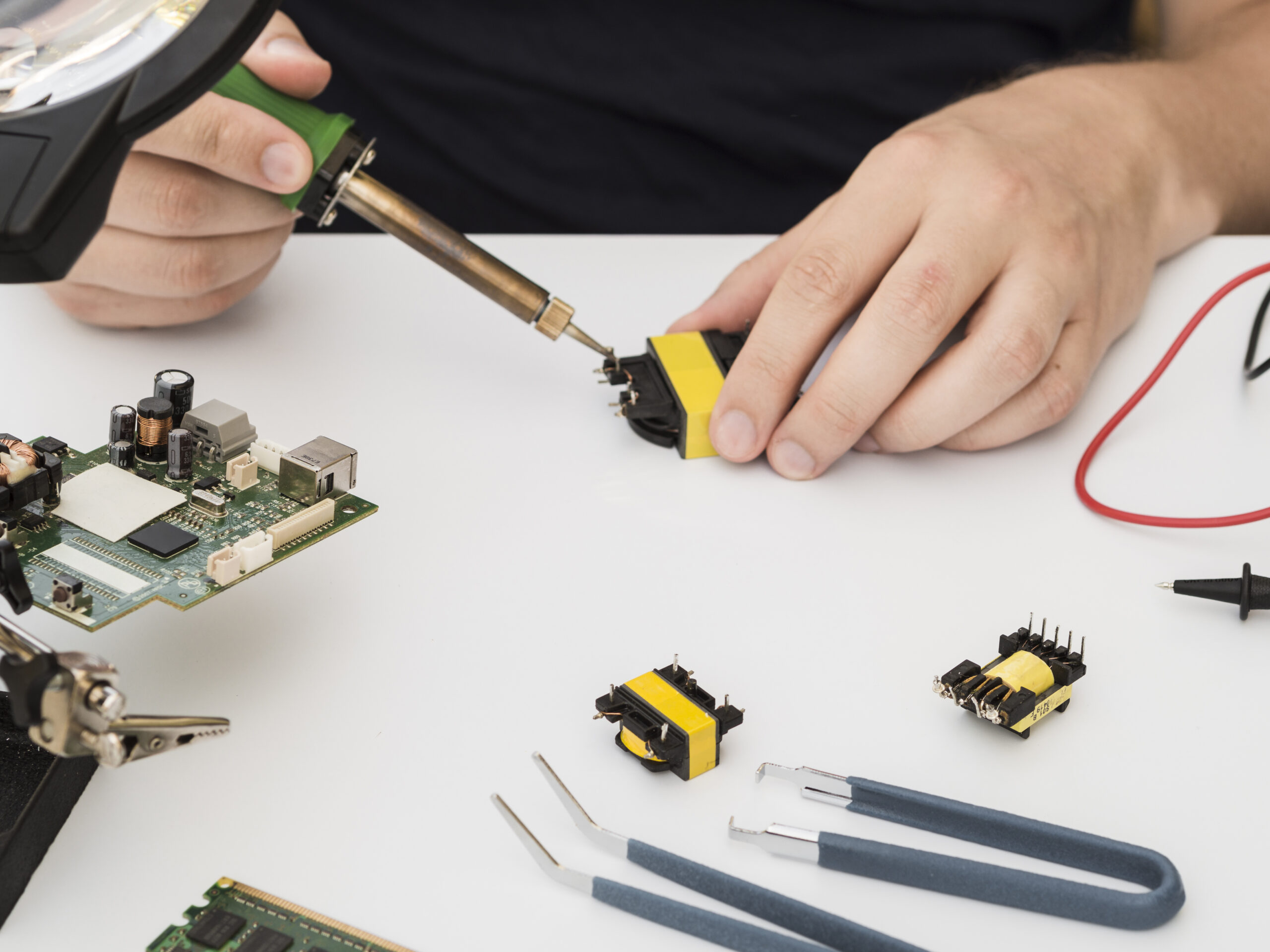Comprehensive Guide to Regulatory Compliance Testing
In today’s fast-paced and highly regulated business environment, adhering to legal and industry standards is not optional—it’s essential. Regulatory compliance testing plays a crucial role in ensuring that products, services, and systems meet the necessary guidelines to operate within the law and industry requirements. This article delves deep into the concept, importance, process, and challenges of regulatory compliance testing.
What is Regulatory Compliance Testing?
At its core, regulatory compliance testing refers to the evaluation process businesses undertake to ensure their products, processes, or systems comply with specific regulations and standards. These regulations vary across industries and regions, requiring businesses to adapt to different compliance frameworks.
Compliance testing is not just about ticking boxes—it’s about protecting your business, consumers, and the environment. Whether it’s ensuring a product’s safety, protecting user data, or reducing environmental impact, compliance testing is a cornerstone of responsible business practices.
Why is Regulatory Compliance Testing Important?
- Legal Adherence
Non-compliance can result in hefty fines, lawsuits, and even operational shutdowns. Businesses that prioritize regulatory compliance testing can mitigate such risks by adhering to the required standards.
- Enhanced Reputation
A compliant product or service demonstrates reliability and commitment to quality, enhancing customer trust and brand reputation.
- Access to Global Markets
Regulatory standards vary by region. Meeting these standards allows businesses to expand into international markets without legal hindrances.
- Operational Efficiency
Identifying and resolving compliance issues early prevents costly redesigns or recalls, saving time and resources.
Key Areas Covered in Regulatory Compliance Testing
- Electrical and Mechanical Safety
For industries like electronics and manufacturing, ensuring product safety is paramount. Electrical compliance testing evaluates products to prevent hazards such as electric shocks or fires.
- Environmental Compliance
With increasing global awareness about climate change, environmental regulations are stringent. Businesses must ensure their operations and products comply with standards related to emissions, waste disposal, and energy efficiency.
- Data Privacy and Security
In the digital era, protecting user data is critical. Regulatory compliance testing for data privacy ensures adherence to standards like GDPR, HIPAA, and CCPA, safeguarding sensitive customer information.
- Industry-Specific Standards
Each industry has unique compliance needs. For example:
- Automotive: Standards like ISO 26262 ensure vehicle safety.
- Healthcare: FDA and CE certifications validate medical devices.
- Consumer Products: Testing ensures toys, cosmetics, and household items meet safety standards.
The Process of Regulatory Compliance Testing
Step 1: Understand Applicable Regulations
The first step is identifying the regulatory frameworks that apply to your industry and location. This can include international standards like ISO or region-specific requirements like the FDA or RoHS.
Step 2: Conduct a Gap Analysis
Evaluate your product or process against the required standards. This analysis highlights areas needing improvement.
Step 3: Perform Pre-Compliance Testing
Before official testing, conduct internal assessments to identify and fix potential compliance issues. Pre-compliance testing minimizes the risk of failing official evaluations.
Step 4: Engage Certified Testing Labs
Certified laboratories perform regulatory compliance testing to ensure accuracy and credibility. They test against specific criteria to determine if your product meets the required standards.
Step 5: Documentation and Certification
Maintain detailed records of all tests, results, and certifications. These documents are critical for legal audits, customer inquiries, and future compliance checks.
Benefits of Regulatory Compliance Testing
- Mitigates Risks
Identifying and addressing compliance issues early prevents penalties and legal consequences. - Boosts Customer Confidence
Compliant products demonstrate quality and safety, fostering trust among consumers. - Supports Innovation
Knowing the compliance landscape helps businesses design products that meet both consumer needs and regulatory requirements. - Enables Market Access
Certifications from regulatory compliance testing are often prerequisites for selling in specific markets.
Challenges in Regulatory Compliance Testing
While compliance testing offers numerous benefits, it comes with its share of challenges:
- Constantly Changing Regulations
Regulations evolve over time, requiring businesses to stay updated to maintain compliance.
- High Costs
The cost of compliance testing, including lab fees, audits, and certifications, can strain small and medium-sized enterprises.
- Complex Processes
Navigating the intricate web of global standards and regional regulations requires expertise and meticulous planning.
- Supply Chain Oversight
Ensuring compliance across the supply chain can be difficult, especially for businesses relying on third-party vendors.
Best Practices for Successful Regulatory Compliance Testing
- Stay Updated
Regularly monitor changes in regulations relevant to your industry and region. - Invest in Expertise
Hire compliance experts or work with accredited labs to ensure accurate and reliable testing. - Integrate Compliance Early
Incorporate compliance considerations into product design to avoid costly redesigns. - Maintain Documentation
Keep detailed records of all tests, certifications, and communications related to compliance.
FAQs About Regulatory Compliance Testing
Q1: What happens if a product fails compliance testing?
If a product fails compliance testing, you must address the identified issues and retest. Failure to comply can result in penalties, recalls, or loss of market access.
Q2: Is compliance testing mandatory for all products?
Compliance testing is mandatory for most regulated industries, including electronics, healthcare, and automotive. However, the specific requirements depend on the product type and target market.
Q3: How long does compliance testing take?
The duration varies depending on the product’s complexity and the number of tests required. It can range from a few weeks to several months.
Q4: Can businesses conduct compliance testing in-house?
While some pre-compliance testing can be done in-house, official regulatory compliance testing must be conducted by certified labs to ensure credibility and acceptance.
Conclusion
Regulatory compliance testing is more than a legal obligation—it is a strategic necessity. By ensuring that products meet regulatory standards, businesses protect their reputation, gain customer trust, and unlock global market opportunities. While the process can be complex and resource-intensive, the benefits far outweigh the challenges.
Investing in compliance testing demonstrates a commitment to quality, safety, and sustainability. By staying proactive and adopting best practices, organizations can navigate the regulatory landscape with confidence and drive long-term success.


